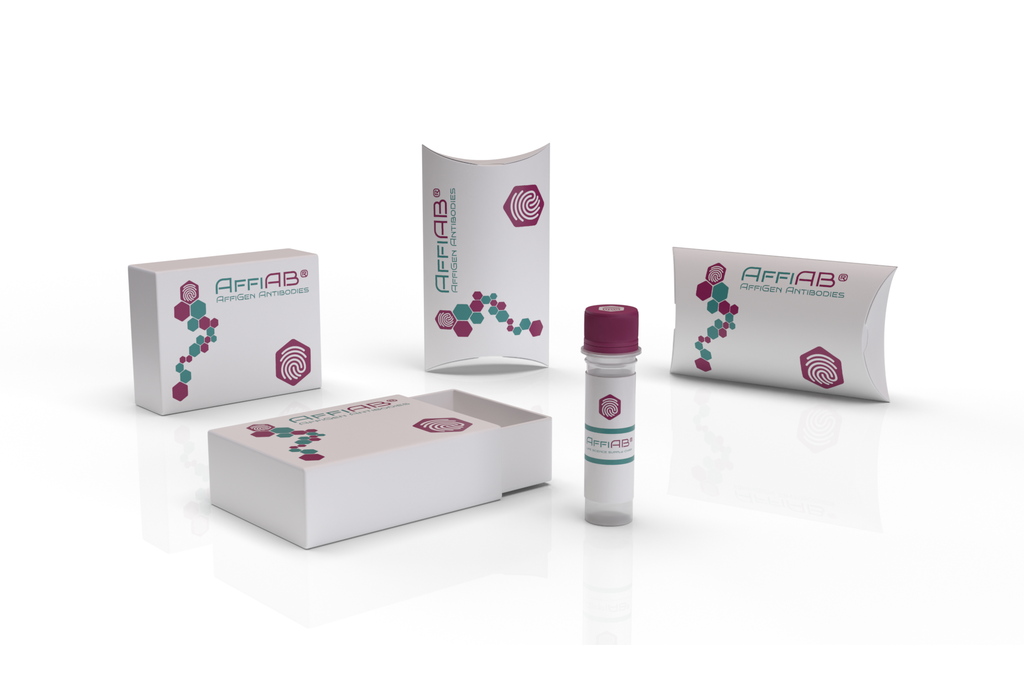AffiAB® Anti-TRPA1 Antibody
Receptor-activated non-selective cation channel involved in detection of pain and possibly also in cold perception and inner ear function. Has a central role in the pain response to endogenous inflammatory mediators and to a diverse array of volatile irritants, such as mustard oil, cinnamaldehyde, garlic and acrolein, an irritant from tears gas and vehicule exhaust fumes. Is also activated by menthol (in vitro) . Acts also as a ionotropic cannabinoid receptor by being activated by delta9-tetrahydrocannabinol (THC) , the psychoactive component of marijuana. May be a component for the mechanosensitive transduction channel of hair cells in inner ear, thereby participating in the perception of sounds. Probably operated by a phosphatidylinositol second messenger system.
Antibody type
Rabbit polyclonal Antibody
Uniprot ID
SwissProt: O75762 Human; SwissProt: Q8BLA8 Mouse; SwissProt: Q6RI86 Rat
Recombinant
NO
Conjugation
Non-conjugated
Host
Rabbit
Isotype
IgG
Clone
N/A
KO/KD
N/A
Species reactivity
Human, Mouse, Rat
Tested applications
WB, IF-Cell, IHC-P
Predicted species reactivity
N/A
Immunogen
Recombinant protein within Human TRPA1 aa 505-755 / 1, 119.
Storage
Store at +4°C after thawing. Aliquot store at -20°C. Avoid repeated freeze / thaw cycles.
Form
Liquid
Storage buffer
1*PBS (pH7.4) , 0.2% BSA, 50% Glycerol. Preservative: 0.05% Sodium Azide.
Concentration
1 mg/mL.
Purity
Immunogen affinity purified.
Signal pathway
N/A
Recommended dilutions
WB:1:500-1:1, 000; IF-Cell:1:50-1:200; IHC-P:1:50-1:200
Molecular Weight
Predicted band size: 127 kDa
Subcellular location
Cell membrane.
Positive control
L929, MG-63, NIH-3T3, rat brain tissue, human skin tissue, human esophagus tissue, mouse colon tissue.
